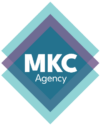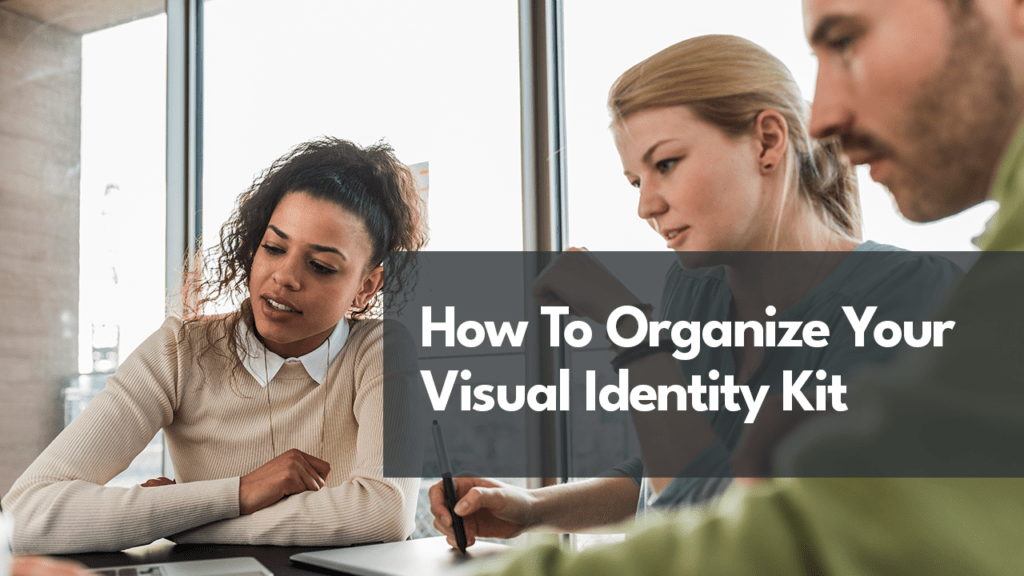A business’s visual identity or brand is paramount to its success. It’s always been essential to recognize a business across advertising platforms, but these days, we have more platforms than ever before. We also have more brands and organizations coming at us on a daily basis than before, Which makes it even more difficult to ensure a business’s success.
To be seen is one thing, to be remembered is another. That’s the difference that a well-designed visual identity kit can make.
WHAT IS A VISUAL IDENTITY KIT?
A visual identity kit serves two main purposes:
- For customers and/or followers to easily recognize a business.
- A set of rules to follow for content creation and engagement.
Also known as a “brand kit” or “brand books” these are informative documents, sometimes books that contain all the things that make a business special. This includes design work such as logs, logo variations, headers, watermarks, Facebook frames, Instagram grids, etc. Style guides for fonts are included, along with color codes for the brand’s colors.
Visuals should also include representations of the types of images your brand will use. It’s important to remain consistent. For example, will you use photography, illustrations, or graphics? If you decide on graphics, you need to select a style that you can use on your website, in a brochure, or on your LinkedIn page. Think about cartoons as an example. The animation from The Simpsons is very different from the animation style in Archer. Consistency is the most important thing.
It’s also wise to include the business’s mission statement and core values. Remember, it’s a book with all the things that makes your business unique. Your values, goals, place in the community are all a part of that. Be sure to include your brand’s voice too. Are you high-tech and informative and need to speak with precision? Or are you a goofy organization that wants to use social media to highlight your silly nature? A business may even have more than one brand voice or tone. Perhaps you prefer to remain professional on LinkedIn, but want to share memes and make bad puns on Instagram.
HOW TO ORGANIZE YOUR VISUAL IDENTITY KIT
Having a visual identity kit that lacks cohesion or flow is almost as bad as not having a kit at all. The information needs to be easily accessible and understood by everyone who needs it, including copywriters, social media moderators, media buyers, board members, even potential investors.
Smaller companies often only need a page or two to properly portray their brand. As a company continues to grow, however, the visual identity kit naturally grows with it. This is because you may offer more products, are available in additional markets, have separate divisions all with their unique branding, etc. It may also be because your organization has more partners, has contractors that work remotely, or other vendors that need to stay consistent with your messaging, tone, and visual identity.
If your visual identity kit is longer, your staff may benefit from an “executive summary” of your brand’s key elements. This would be like a cheat sheet or a quick reference guide for team members that quickly need to check the Pantone codes or font styles and sizes.
Starting a new business is a wonderful opportunity but your plate fills up quickly. The Visual Identity Kit is often forgotten by entrepreneurs when they’re just starting out, a mistake they learn from quickly.
Megan Killion Consulting Agency offers complete kits for startups and existing companies seeking a facelift. Megan will meet with you to learn about your unique vision for the company, and then work diligently with our team of designers to create a Visual Identity Kit that will make you proud, and provide ultimate clarity for your team. Book a consult with Megan today to learn more.

